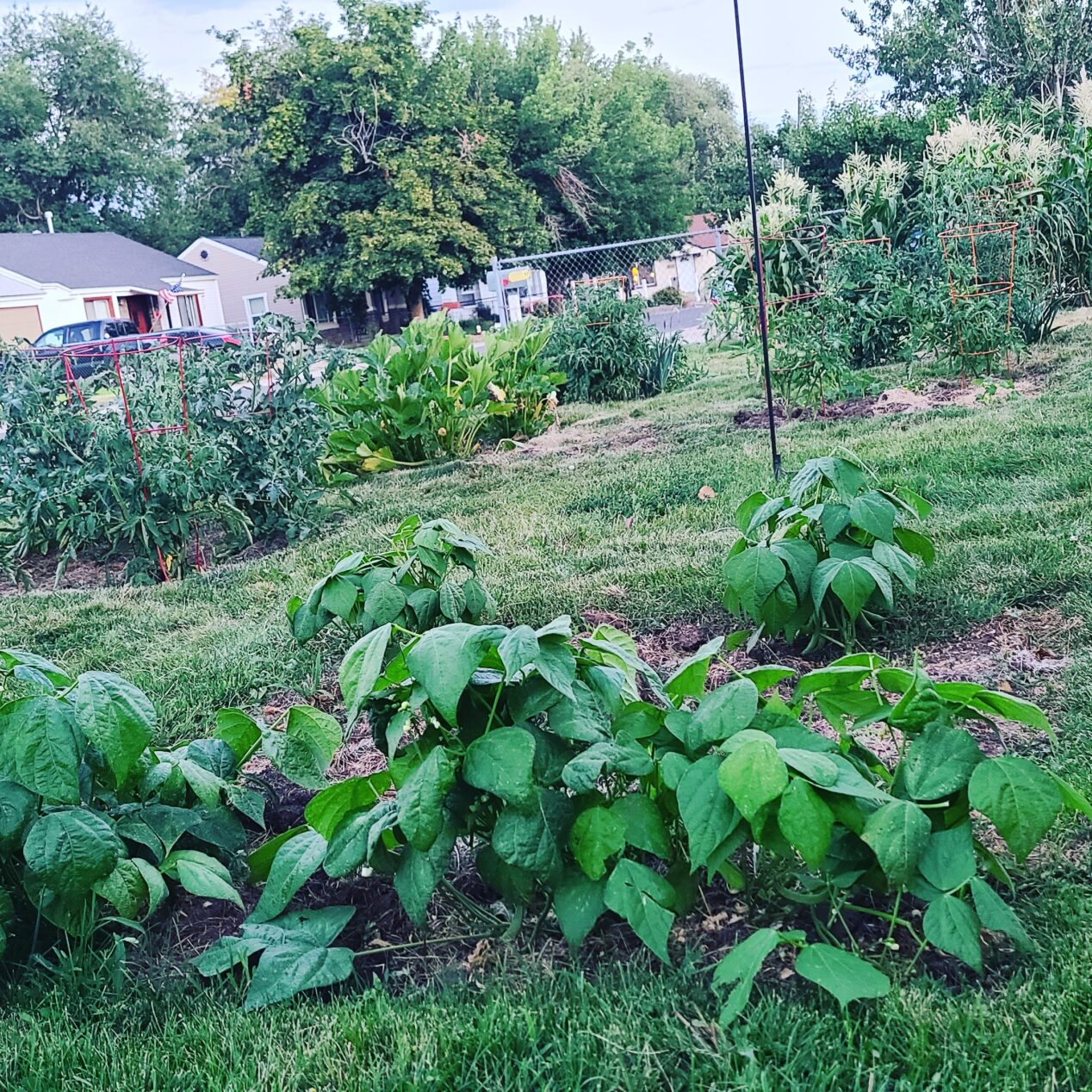In my last post, I briefly mentioned that I was planning my garden. I thought I would provide a little more detail about how I’m approaching it this year. In previous years, I just planted at random. It worked fine because we were gardening in a smaller space. Last year we had so much more garden space that I just used graph paper and plotted out the garden. That worked perfectly fine. It was easy to use and a good visual. I did think I would run into some problems if I continued with that method. First, I would have to completely redo the map every year, including making the list of seeds again. Redoing the list is not a huge problem, but I am always looking for ways to streamline things. Second, I know myself and I know that no matter what I did I would struggle with keeping it in good condition, or remembering where I put it.
This year, I’m doing something a little different. I’ve created a spreadsheet. I plotted out my garden and will be adding the location of all the plants. I’ve also started putting together some basic information about the seeds I have. What you see is not the final version. This is the lazy person’s version who didn’t want to look up all the information before writing this post. I hope to make the full version available to you soon, but for now, here is a snippet of both my plot and my available seeds


What I did last year is use the number from the reference column in the square foot area in my plot. I did that so I knew how much I needed to plant, but also because there was no way I could write small enough to fit the plant name in the squares of the graph paper. And let’s be honest here, even if I could write that small, who could seriously read it? The beauty of a spreadsheet is you can expand and contract the cells, or leave them as they are and just type as much as you want in each cell. I might do that for simplicity’s sake, but maybe not. I haven’t decided yet.

Now that I have the spreadsheet, let’s talk about spacing. In order to know how much you want to plant, you have to first know how much room different plants need to thrive. I’m here to say, there really is not a one size fits all approach to this. A lot of spacing requirements depends on how much time you can devote to your garden, your particular climate, soil conditions, etc. I personally use a combination of square foot gardening and the directions on the seed packet. For example, according to square foot gardening principles, you can plant 1 tomato per square foot. Generally, the seed packets I have seen will say anywhere between 18 – 36 inches. That’s a pretty big difference when you are trying to figure out how much food you can grow. I don’t always agree with the seed spacing on the packet, but it is a good idea to understand the suggested spacing so you can make an informed choice.
Let me give you an example. Determinate tomatoes have a maximum height they will grow. I don’t have to deal with suckers or the plant over-growing its support, or other things like that. So, for determinate tomatoes, I am totally fine with 1 foot of spacing between them. Of course, that is assuming I am able to give them the right amount of nutrients per plant. On the other hand, indeterminate tomatoes keep growing and producing fruit throughout the whole season. They also grow suckers, which are basically another plant that can also produce fruit. Usually, it’s a good idea to prune those off or the tomato will take over. I tend to be great about pruning at the beginning of the year, but get overwhelmed as the season goes on. I know this about myself, so I know that I need to plant my indeterminates a little further apart so they can have enough airflow.
Not to say that you can’t follow the square foot garden rules, you can, just be mindful of the nutrients you are adding back into the soil and the airflow. Especially if you are in a more humid environment. Some people use compost, which is great, some people use fertilizer, which is also great. As long as the plant is doing well and producing food, it is OK to experiment. Also, keep in mind that everyone has different conditions. Some people’s soil isn’t as nutrient-rich as others, so what works for me may not work for you. That is the trial and error part of gardening. It can be frustrating to lose some of your plants but trust me, that happens every single year.
I know that sounds frustrating and if you are anything like me, not having the exact breakdown is hard when you are first getting started. Remember that seeds want to grow and the beauty of gardening is to figure out what works the best for your garden space. Be patient with yourself, you will kill things, some things will be stunted, some things won’t produce food. This happens even in the perfect environment. Just be kind to yourself and learn to appreciate the process.
